Auckland Park, South Africa – About 25 children and a handful of parents gathered June 11 in the alley at the back of a suburban elementary school for an update on a beautification project the children have been working on for the last year.
The pre-primary children (grades 1, 2 and 3) at Mimosa School, located in Auckland Park, a suburb of Johannesburg, have been focusing on how to transform the alley behind their school buildings. Their presentations lined the alleyway.
Currently, the alley, a narrow dirt road between the school and the back walls of residential properties, is used as a driveway for dropping off and picking up children as well as for other recreational and learning purposes, including soccer and bike riding, research into soil, ecosystems, graffiti and infrastructure, and as a space for school events.
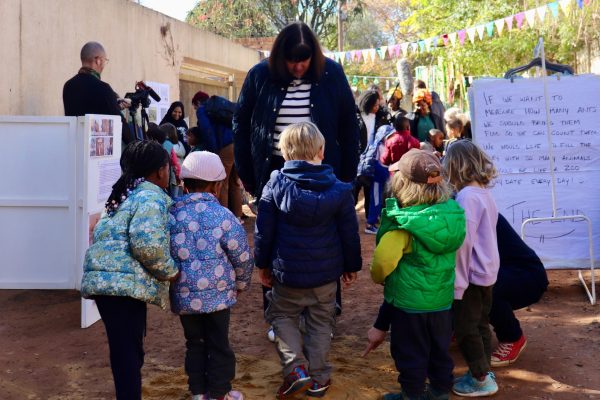
Heather Barclay, principal at Mimosa for 15 years, said parents, teachers, staff and children have all been part of conversations about the project, which was created to engage the children in understanding how to reclaim public spaces.
“My main interest is that it’s a project where children’s voices can be heard, and where children can, as citizens, be involved in participating in public spaces,” Barclay said.
Barclay said the children also came up with the idea to collect rainwater for washing hands as well as to put in a grate to help drain water that collects in the alleyway. What they wanted retained, she said, was the “muddy puddles.”
“The idea is that we should just have a small path that is for the cars to drive in, and that alongside it there must be wild grass and bee houses,” Barclay said. “And we definitely need to have some way of having water flowing through the alley [for] when it rains or when the pool is emptied.”
So far, Barclay said, the city has done an initial grading of the alleyway.
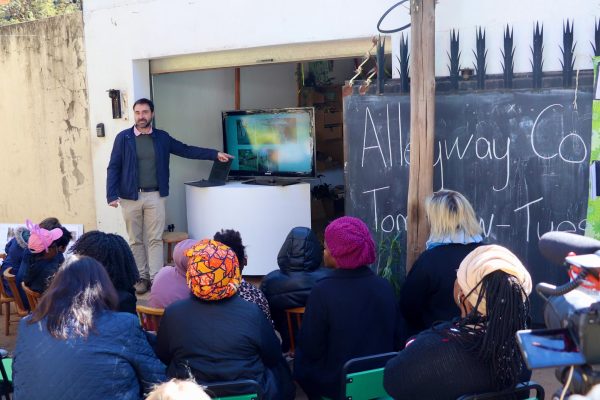
For his presentation, Mark Schaerer, a Mimosa parent, researched the architecture and geographical history of the alley and the general neighborhood. Schaerer, who works as an architect and urban designer, was able to gather historical data about the alley and what it was originally used for: as a collection site for sewage when residents still used a bucket system.
“We really enjoyed the idea that they [children] wanted to understand the history of the alley,” Schaerer said. “That’s why some of the things I’ve been looking at is, what was here before, what was the landscape before?”
The project has drawn the interest of officials from Johannesburg’s parks department as well.
Megan Downie, from the Bokamoso Education Trust, said she attended the presentation to decide if her organization could partner with Mimosa to repurpose the alley. She said she was impressed, calling the project “amazing.”
“I love the whole concept of classrooms without walls,” Downie said.
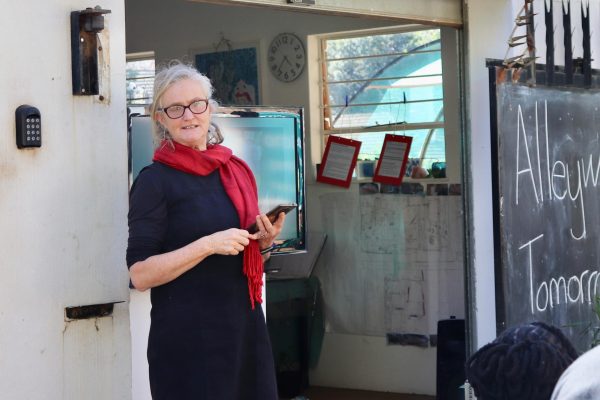
Mimosa parent Boitumelo Matlala, whose daughter has been at Mimosa for four years, said it is important for the Mimosa children to ask questions about the spaces they inhabit at the school and in their world.
“I like the approach of getting children involved in their surroundings and seeing the school as something that is broader than a building, or broader than a yard,” Matlala said. “I think that helps them locate themselves in space, in this country, in this environment, in relation to the built environment, to other human beings, to other children.”
The next steps for the project is a discussion with stakeholders over the next year about funding and a written plan for the project.
Boosted so far by a R8,000 ($431) donation from a parent, the school has formed a committee to research potential funders who focus on engaging children in urban planning as well as the right to public spaces, among others, Barclay said.

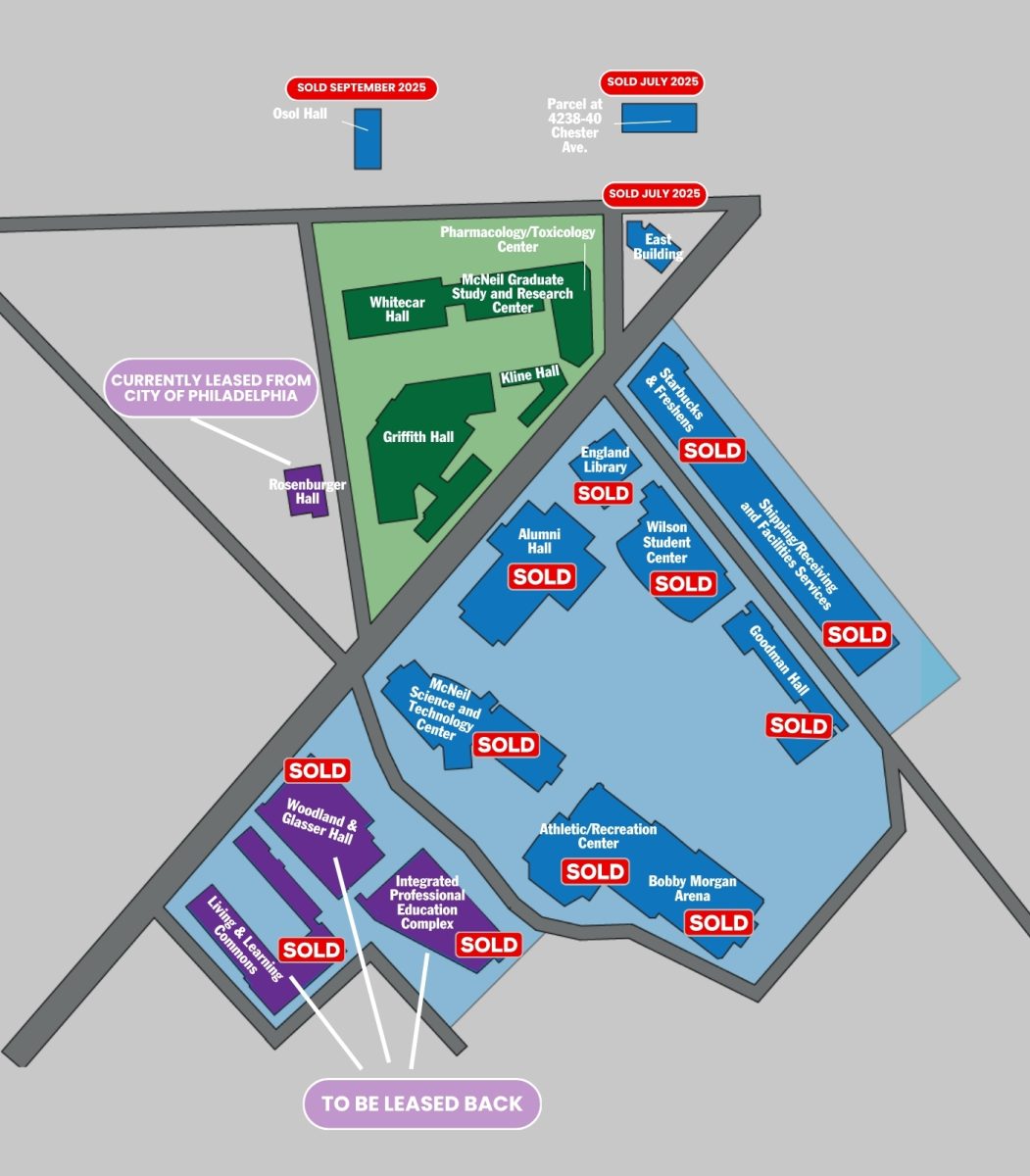
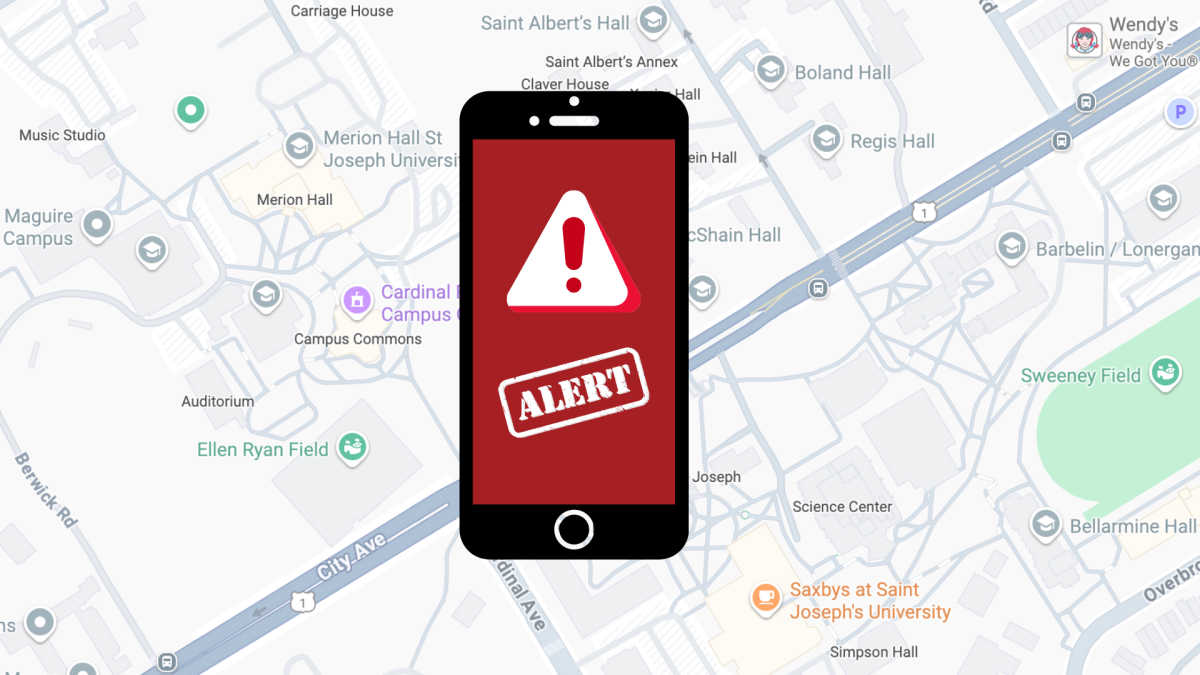
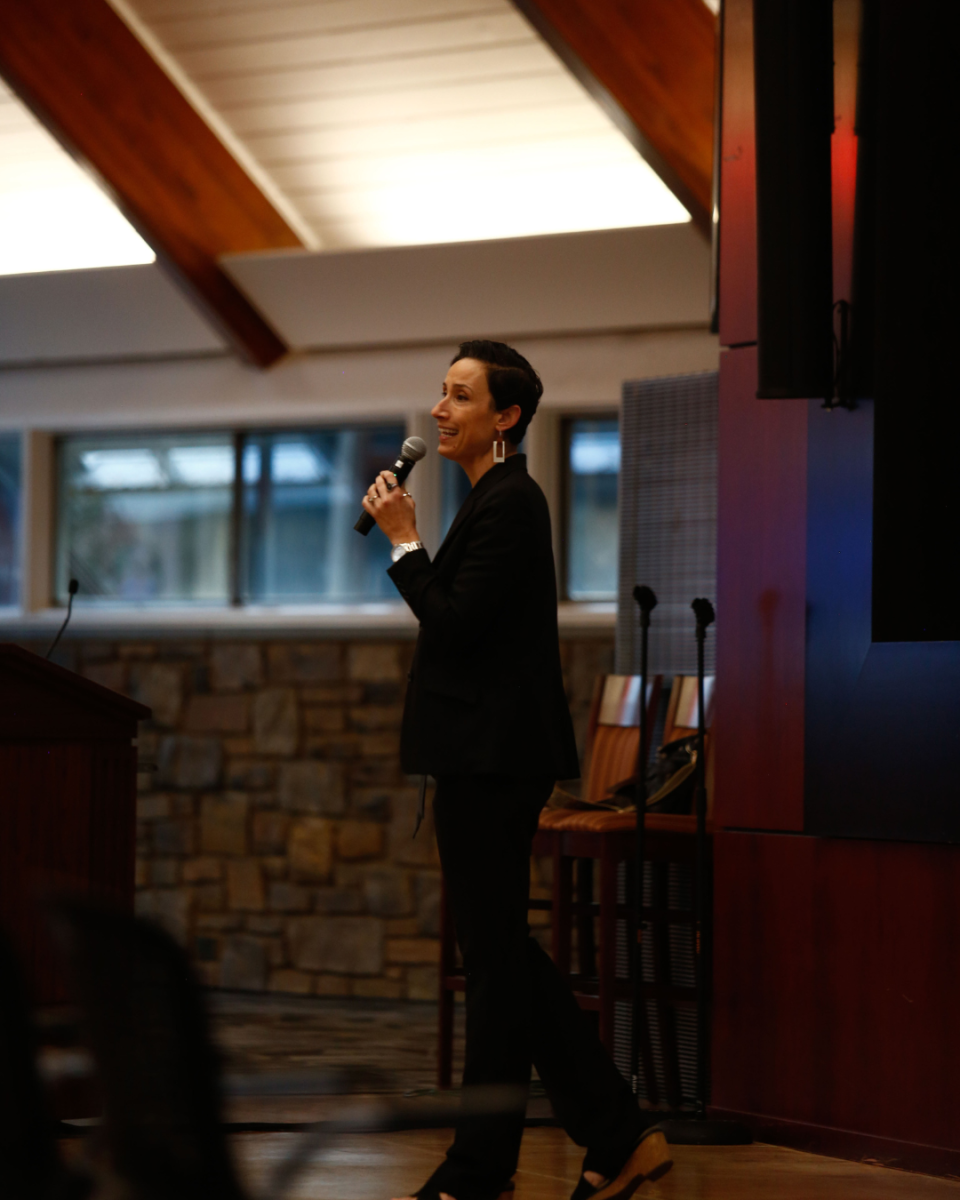

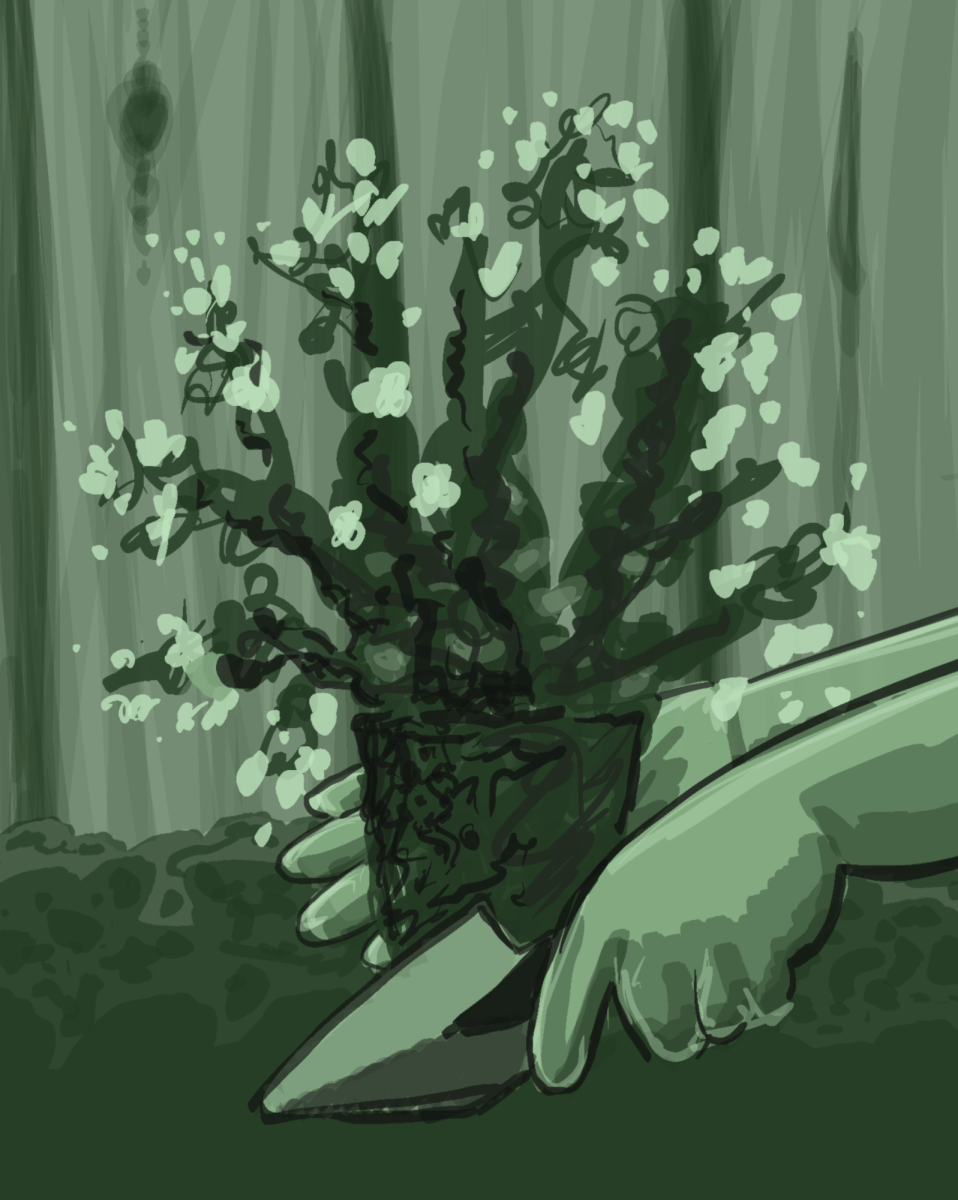



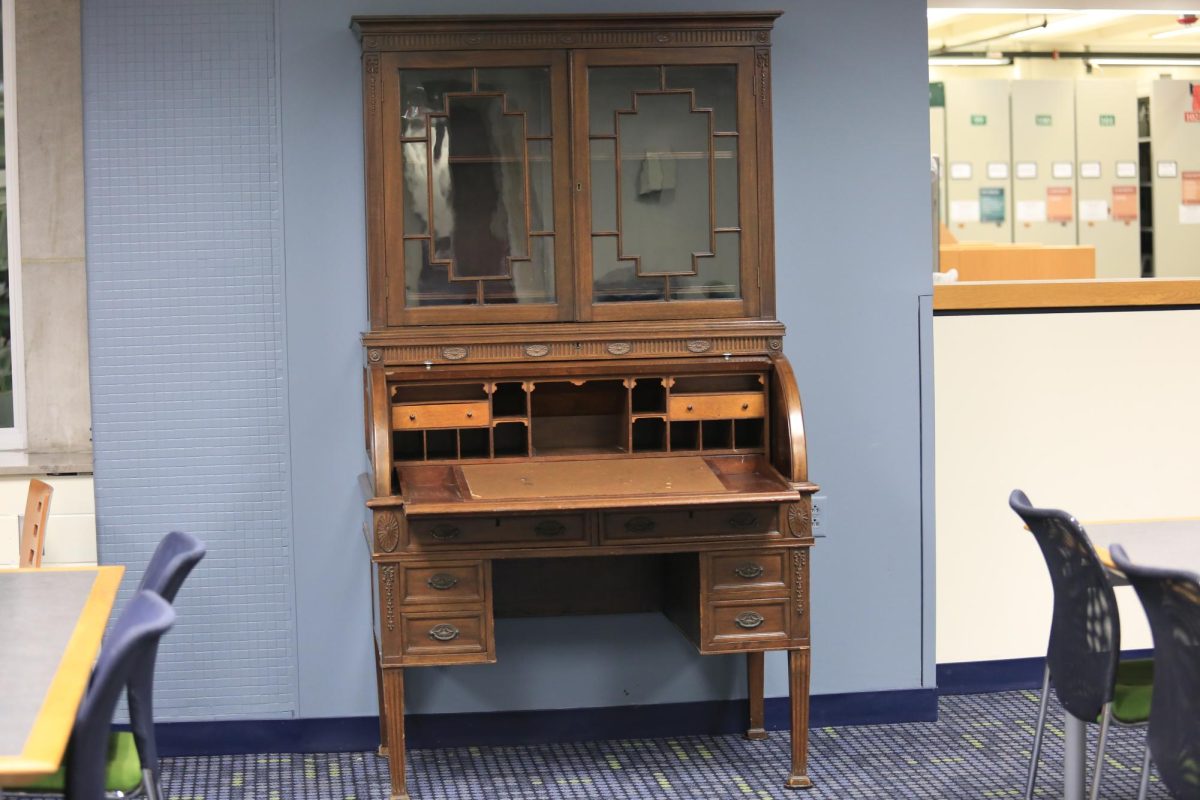


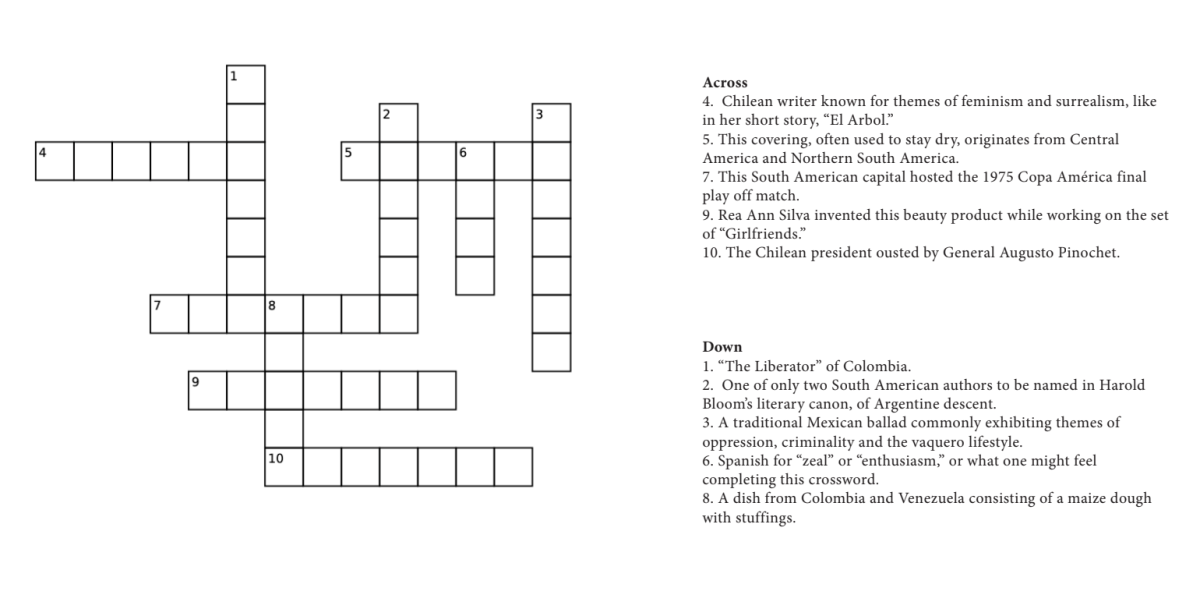
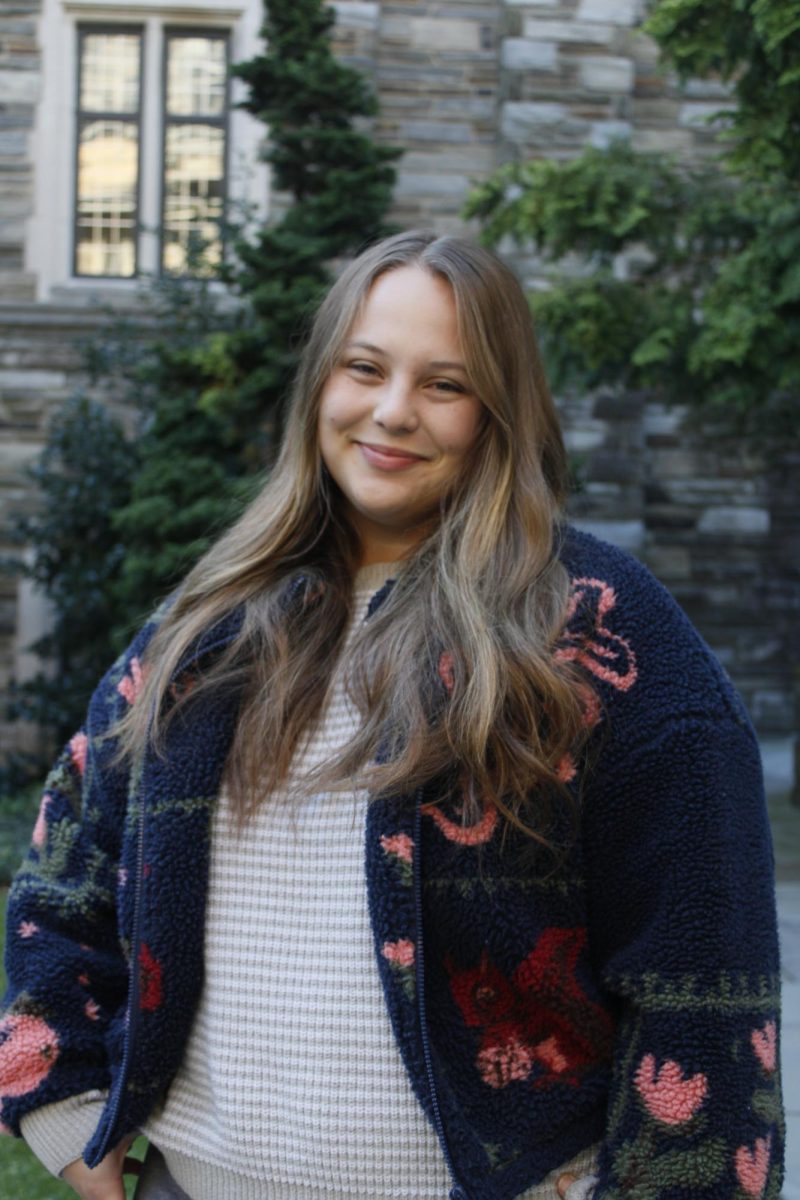
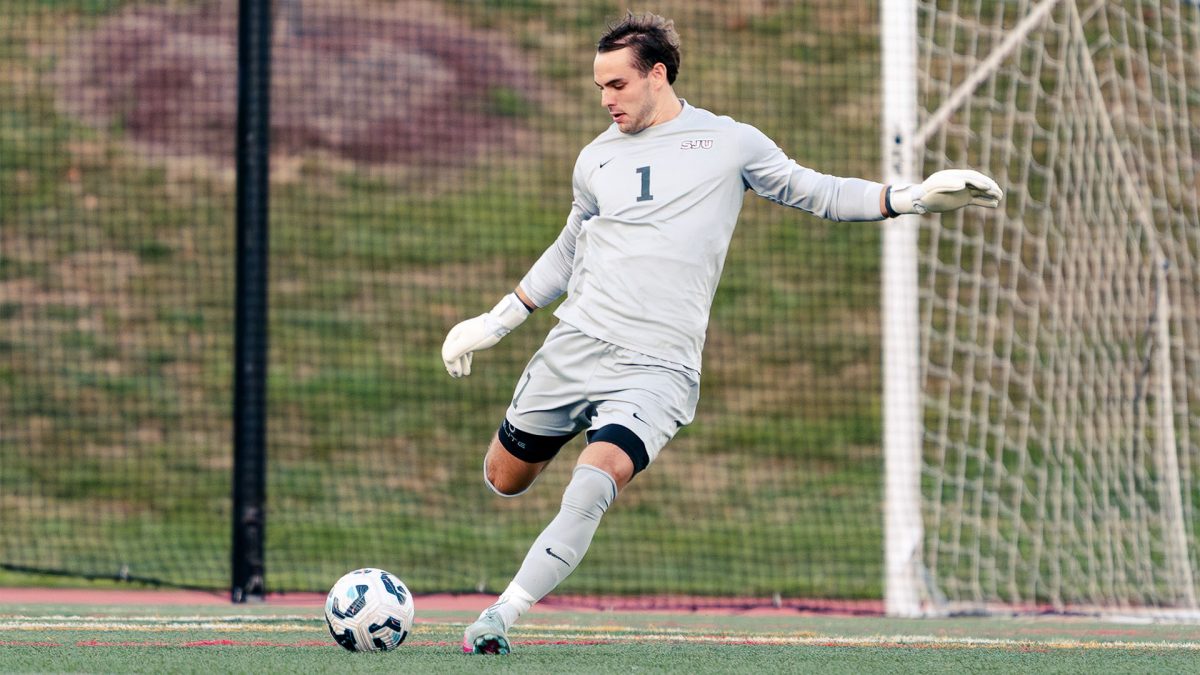
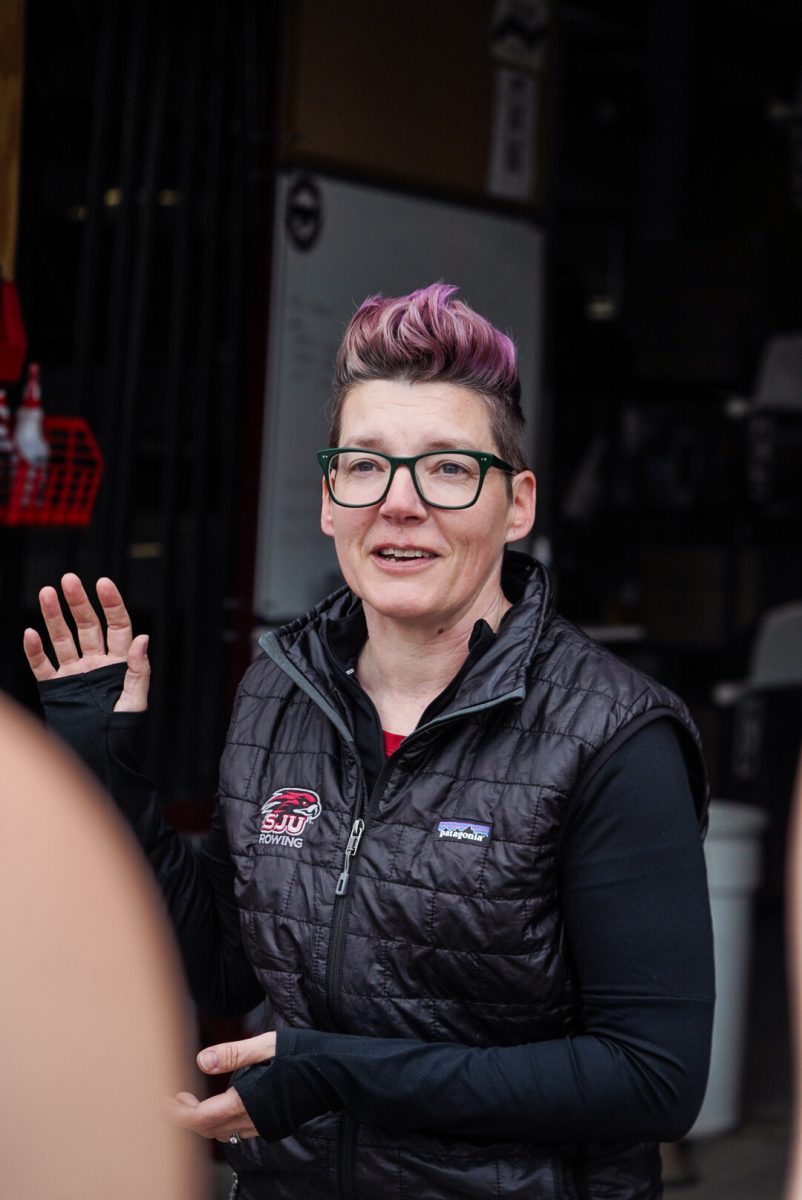
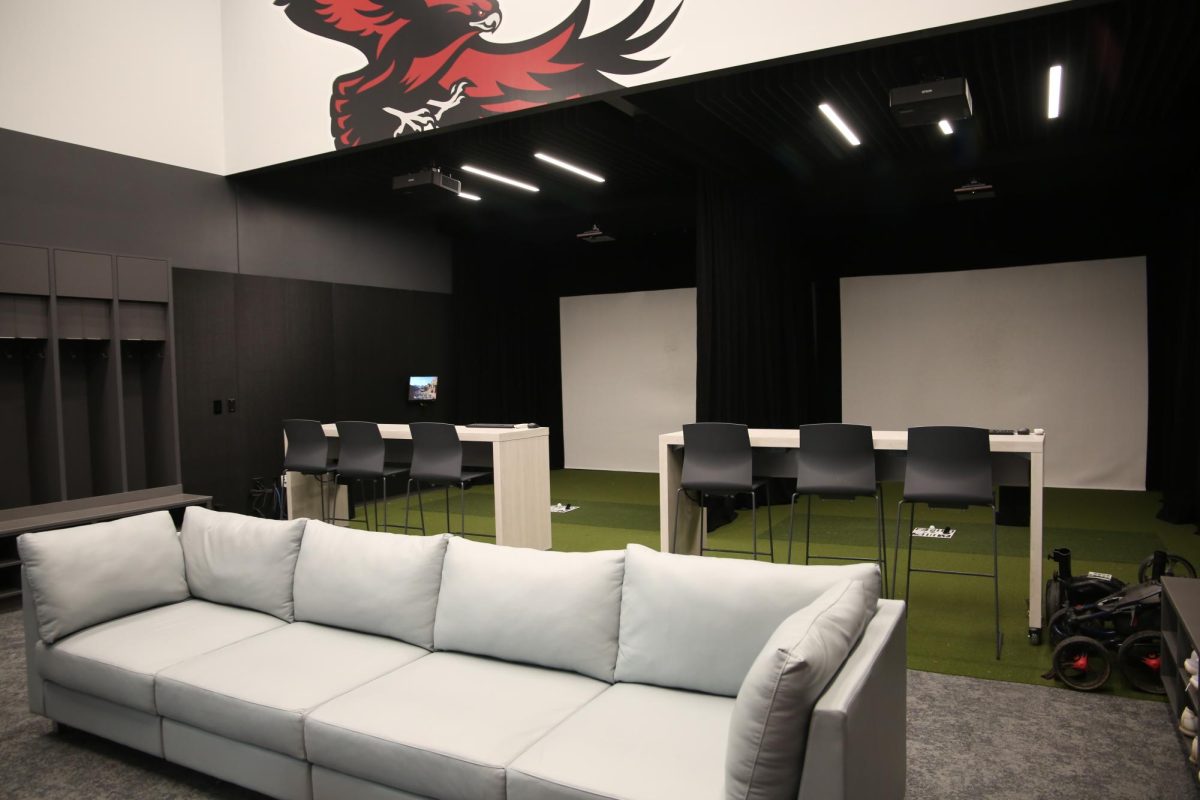
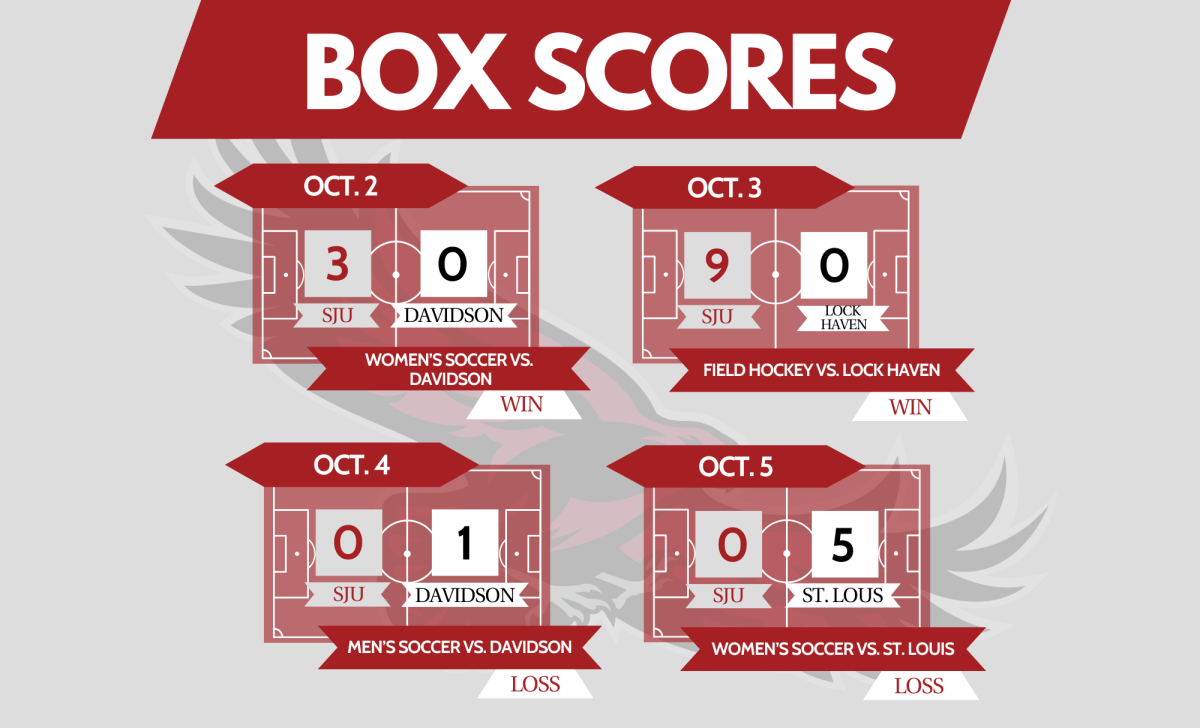
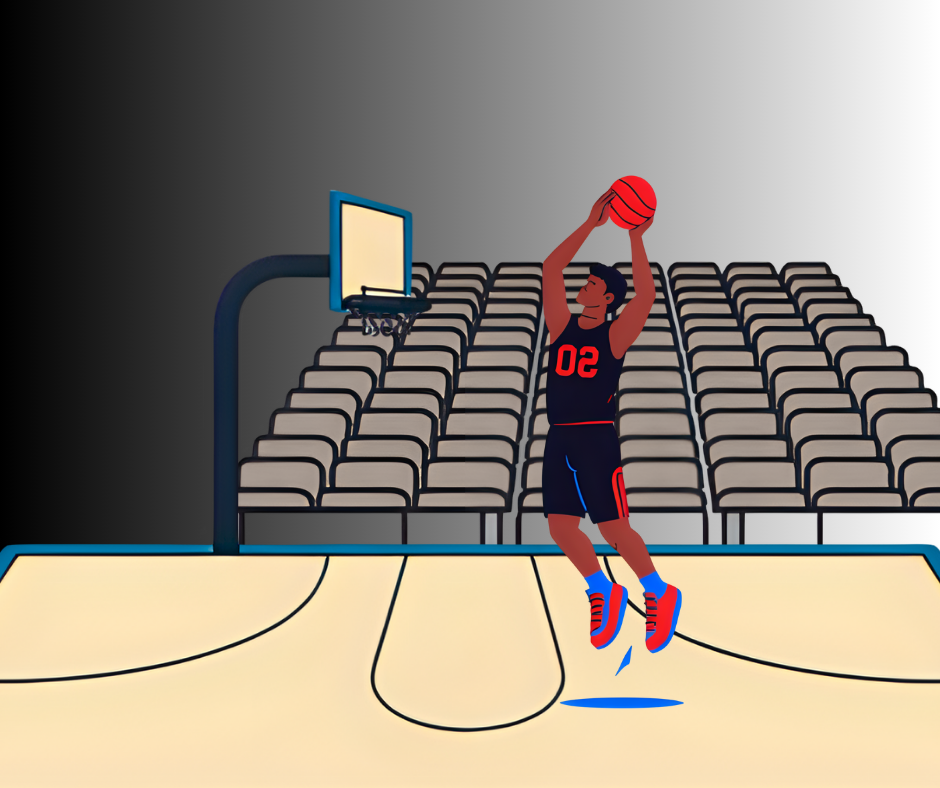
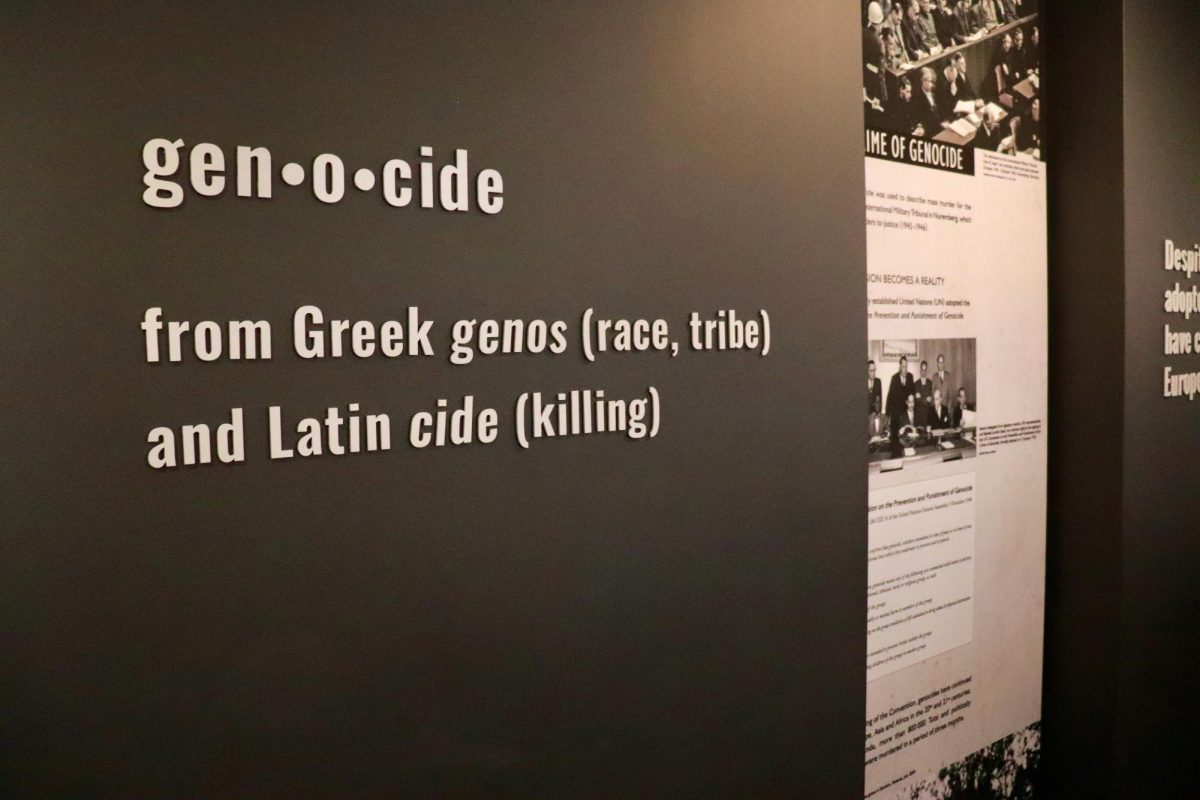
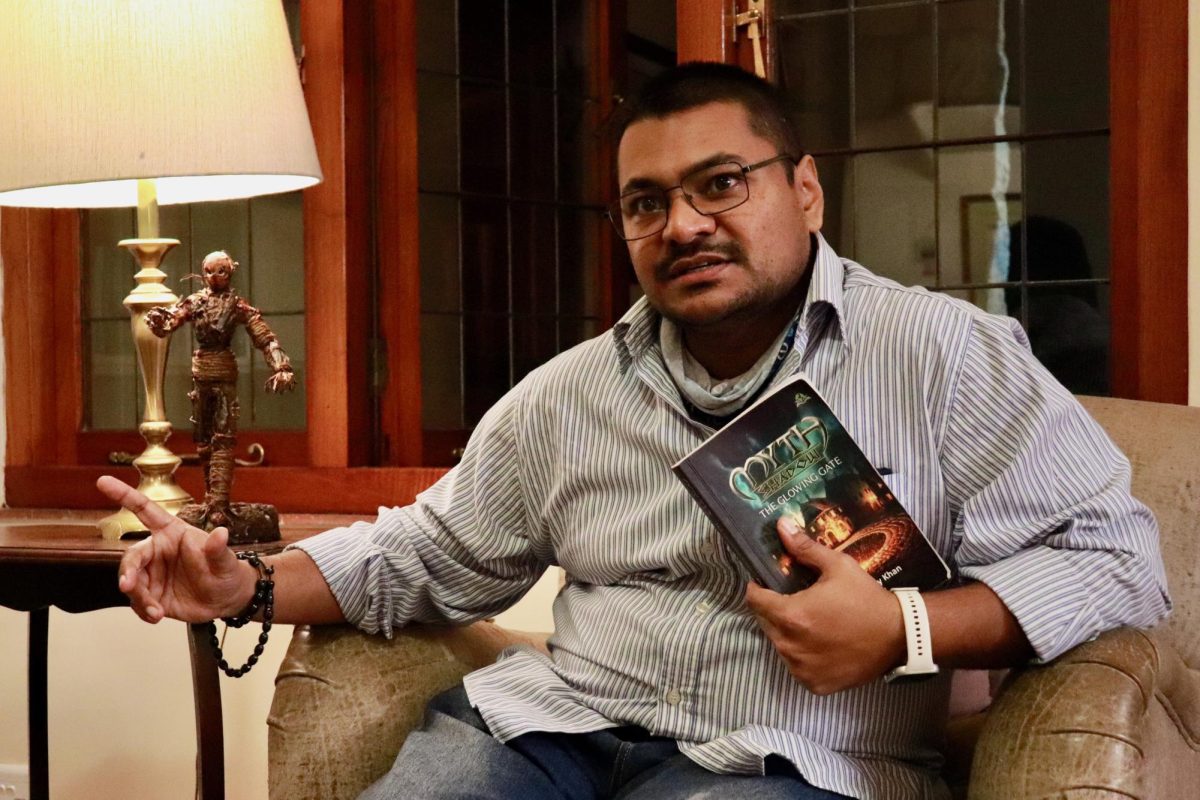
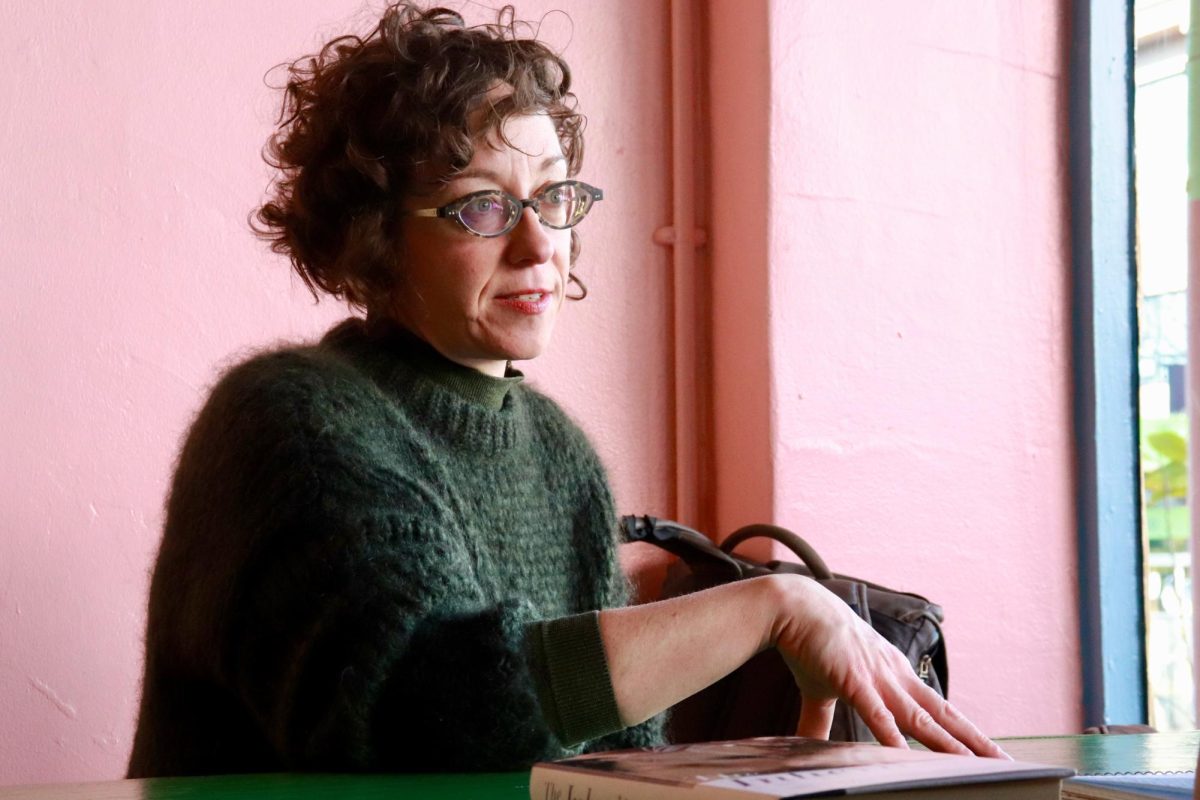
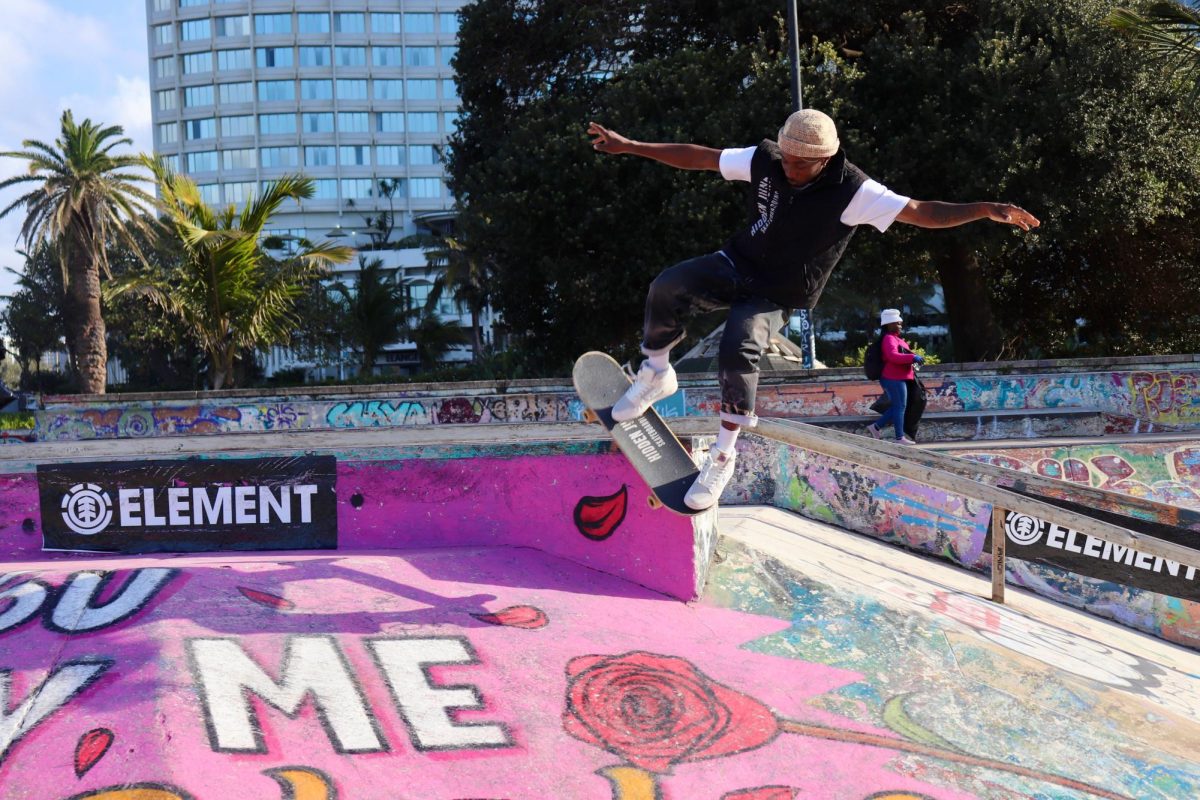
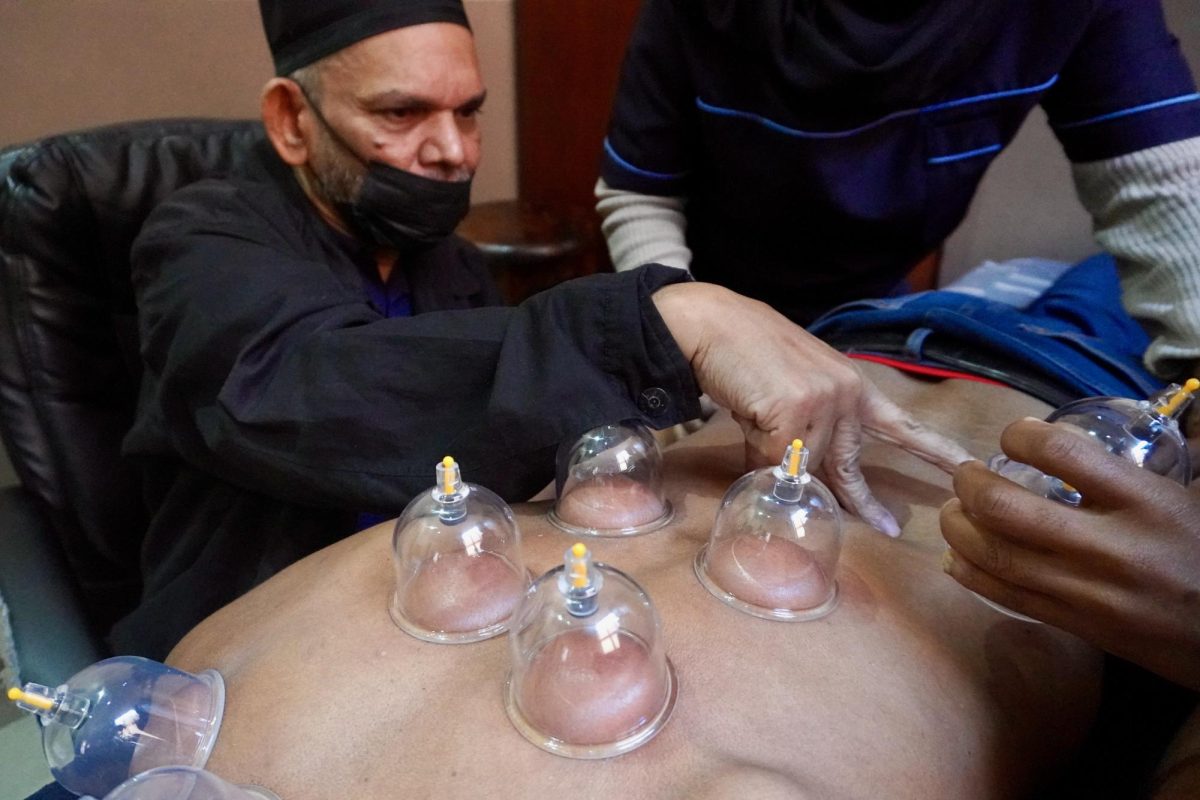





















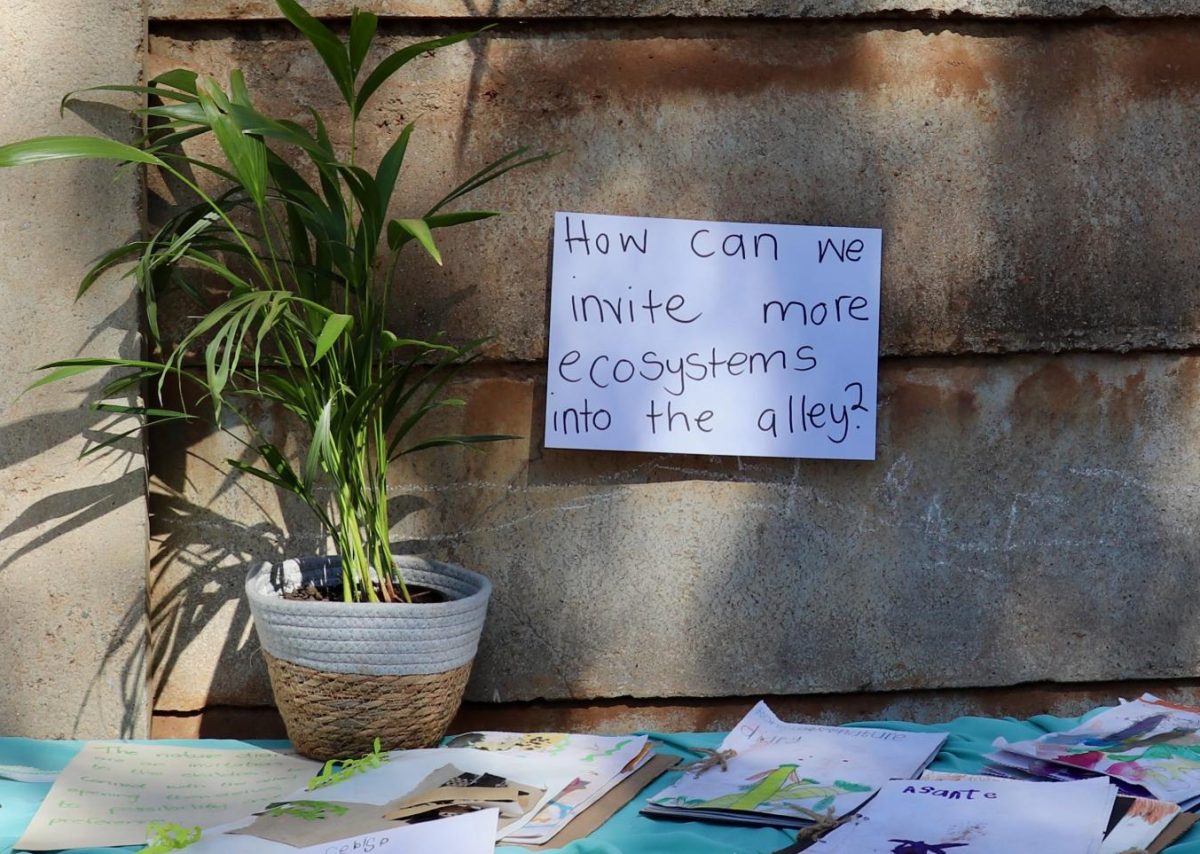
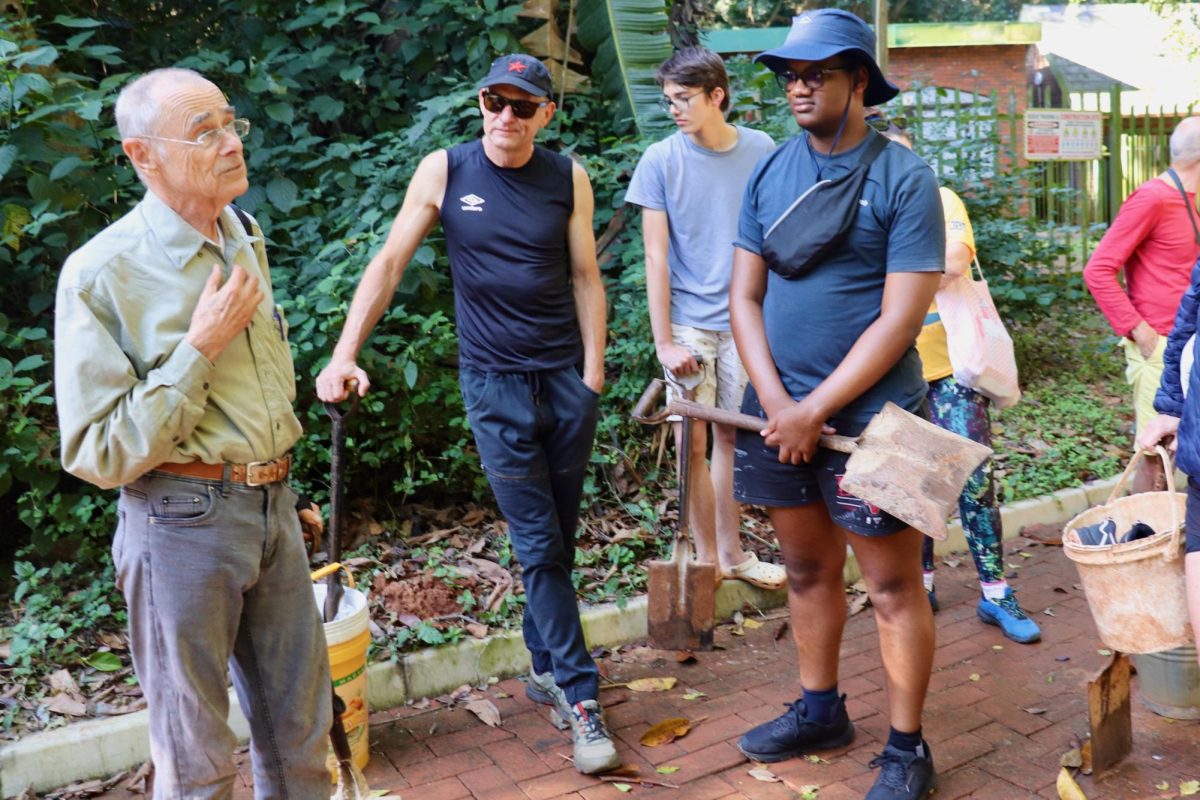

Patricia Murphy • Jul 8, 2024 at 7:45 pm
Very interesting article, Max!